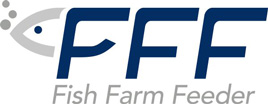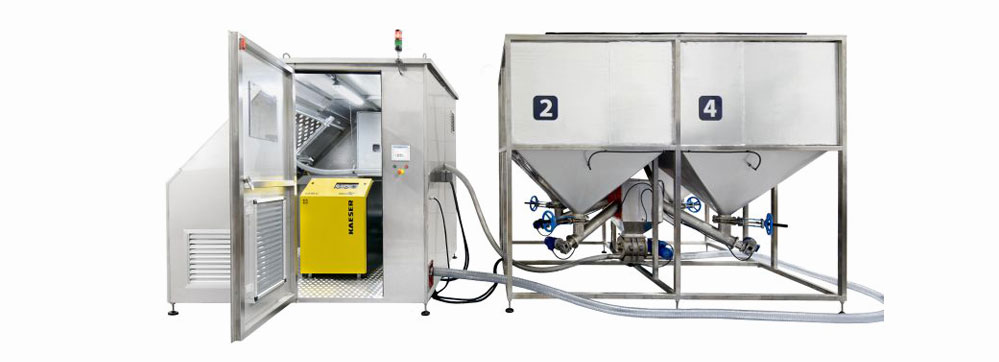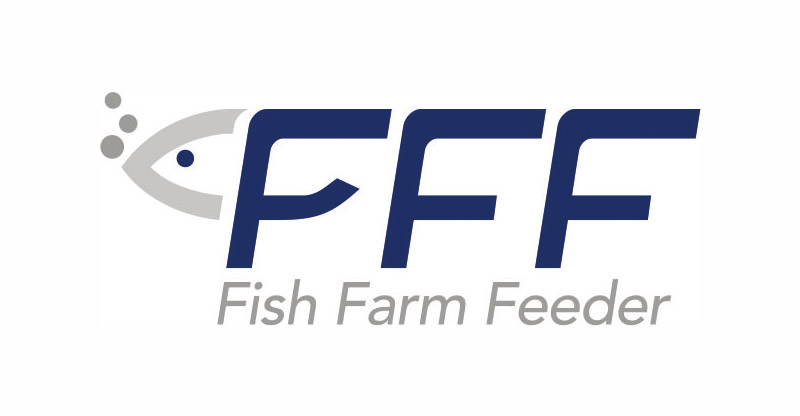The type of fish species, its size and also specific conditions of each aquaculture farm influence the amount of feed that must be supplied from the silos to each cage or tank in a fish farm. That is why dosing is one of the most important elements in any automatic feeding system.
Knowing what size of pellet and amount of feed we should deliver to a tank, these are the steps that follow:
- Generate each individual dose in the required quantity, enabling to mix feed from different silos.
- Transport the doses by pipes to the tanks.
- Spread the feed in the tank in the best possible way to increase the feed distribution and thus guarantee fish welfare.
How to get a dose?
When it comes to generating doses in a feeding system, these are the two most used technologies in aquaculture:
» A Gravimetric System
A dose is obtained by weighing system, where one or more cells weigh the feed to get the right size of a dose.
- Advantages: 100% precision dosing solution.
- Disadvantages: A slower and more expensive system.
» A Volumetric System
As applied by FishFarmFeeder automated systems the feed dosing is exclusively based on volume.
For specifying of how much feed has to be dosed we use an endless screw, a rotary valve, a roller system… for a defined period of time.
- Advantages: a simple, economical and extremely robust system that allows to generate doses in a very short period of time.
- Disadvantages: The dose precision is below 100%.
When to use Blower and Compressor in an Automatic Feeding System?
For dose feed delivering in a pneumatic systems we can use either compressors or blowers. There are different types available at the market, the selection depends on the needs to be covered.
» A compressor compresses the air by increasing the pressure
By using a compressed air at pressures higher than 1000 mbar it drives the feed through the pipe.
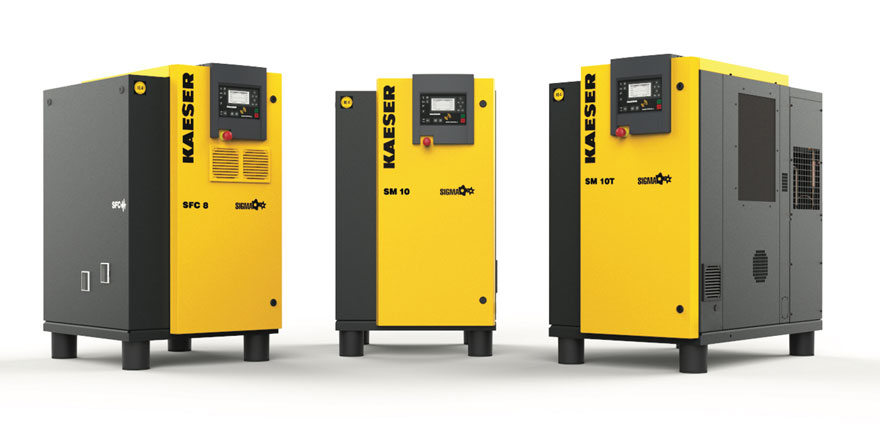
» A blower is a high-flow, low-pressure compressor
And it is applied when large volumes of air have to move the feed through the pipeline with pressure below 700 mbar and starting by 2 m3 /min.
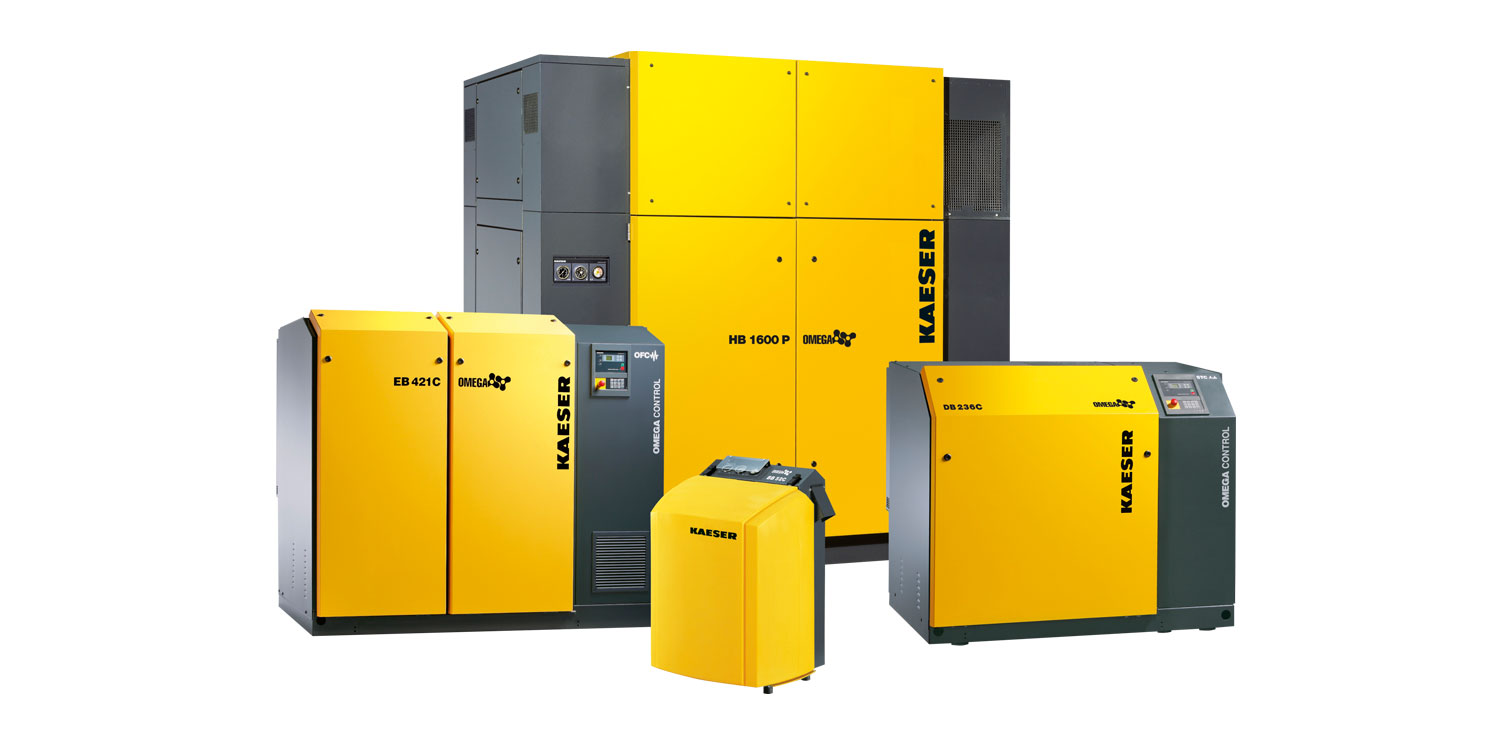
There are various types of blowers and compressors, which influence the choice of a feeding system. Therefore, the main parameters that have to be taken into account are:
- Size of the feed to use.
- Dose size.
- Distance of tanks from the feeding system.
Both compressors and blowers are used in FishFarmFeeder (FFF) feeders, depending on the fish farm requirements, taking into account the feed supply to the tanks.
How to select a Blower or Compressor and Pipes for an Automatic Feeding System?
In pneumatic feeding systems in aquaculture we use:
» Compressors
Which are recommended for small-sized feed (up to 2 mm) and in small doses (up to 100 grams) by using high-density polyethylene pipes up to 25 mm in outside diameter.
» Blowers
We apply blowers from 5kW, whose pressure is below 700 mbar, for larger pellets independently of the size of the dose. The PADS pipes for the distribution of feed will have an outer diameter more than or equal to 32 mm.
How to Avoid Blockings, Breakages and Dust Generation in Feeding Systems?
If we want to reduce any of these problems in automatic feeding systems, the following indications should be followed:
- Avoiding sharp angles in the pipe installation.
- Installing the pipes as straight as possible.
- Guaranteeing the quality and robustness of the feed, whether extruded or pelletized. Feed manufacturers have already approached this problem (including the dust generation).
- Introducing the right amount of air to move the feed from the silos to the tanks. FFF applies frequency inverters to regulate the air sent to each tank.
More information about dosing system is available at this link.
FishFarmFeeder, is a global company specialized in providing customized automated feeding solutions for aquaculture. With more than 10 years of experience, we take advantage of our knowledge and skills by designing the feeding system so that the return on investment reduces to less than 3 year.
